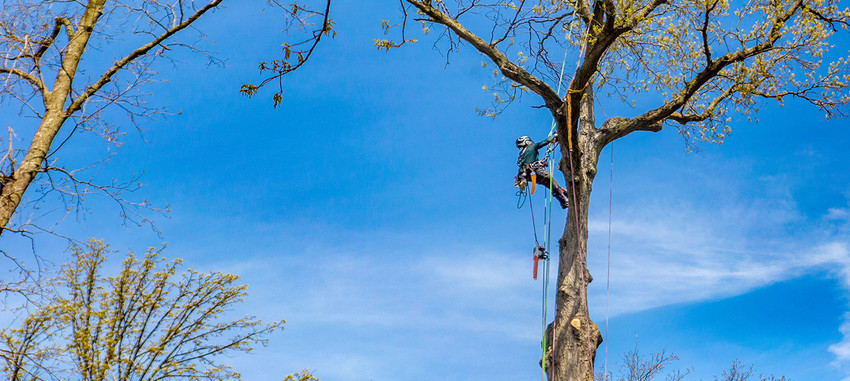TFTC #33: Top 10 Tools Every Climber Needs: Part 1
Sherrilltree Oct 20th 2021Whether you’re buying your first climbing kit, or putting kits together for new climbers on your team, the hardest part is making sure you’ve thought of everything before you click Buy, right? There’s nothing like getting your order, putting it all together, and then having the thought, “Wait, where is the ____?” Facepalm.
To help avoid that scenario, we’ve put together a checklist for new climbers and those of you in charge of outfitting your teams. Before we continue, check out How to Buy the Best Climbing Gear for You for guidelines on how to narrow down the best choices in each category we’ll explore. This is part one of three of the top ten tools every climber needs.
Saddle
If the canopy is our office, the saddle is our desk. It carries our tools, and it keeps us in front of our work. If there is any one piece of equipment to invest the most in, it's a saddle. Sadly, many arborists skimp on price for the one thing that they will be wearing and supported by day in and day out. From an arborist to an arborist, buy something that will give you:
- Proper fit
- Comfort
- Mobility
- Adequate tool storage
Climbing Line
Perhaps the most important piece in a fall restraint system, and perhaps the most varied. Be sure to match your choice of climbing line to your planned use.
- 12 and 16 strands are very durable lines for natural crotch MRS and closed systems; however, they are not fit for SRS climbing with toothed ascenders.
- Static Kernmantles shine in SRS, and tend to work better with mechanical multicenders, but most aren’t suggested for MRS.
- Double braids are great dual-purpose lines for both MRS and SRS.
Each of these types of line has unique construction characteristics that must be understood before using. For more information, check out A Rope is a Rope, Or Is It?
Climbing System
Your climbing system should reflect your level of training, and must be compatible with your chosen climbing line. There are as many opinions about which diameter and length eye-to-eye one should use as there are variations to try. One rule-of-thumb to remember is that as the diameter of an eye-to-eye gets closer to the diameter of the climbing line, it will not grab as tightly. For example, an 8mm eye-to-eye will tend to grab more tightly to an 11mm climbing line than a 10mm eye-to-eye will.
Here are the components to remember:
- Split tail or Eye-to-eye hitch cord (equal to or less than diameter of climbing line)
- Prusik-minding Pulley
- Friction Saver (MRS)
- Rope Wrench and tether (SRS)
“No matter what climbing system you use, the need for redirects or other positioning aids will arise.”
Loop Runners
Don’t forget to add a couple when assembling your kit! No matter what climbing system you use, the need for redirects or other positioning aids will arise. The loop runner is a simple, versatile, and affordable option that can store compactly on a saddle. Its uses include:
- Redirect
- Foot loop
- Secondary lanyard or lanyard extension
- Part of an on-the-fly friction saver
Daryl Stanley is a freelance writer, contract climber, arborist, and trainer with over 10 years in the industry.

